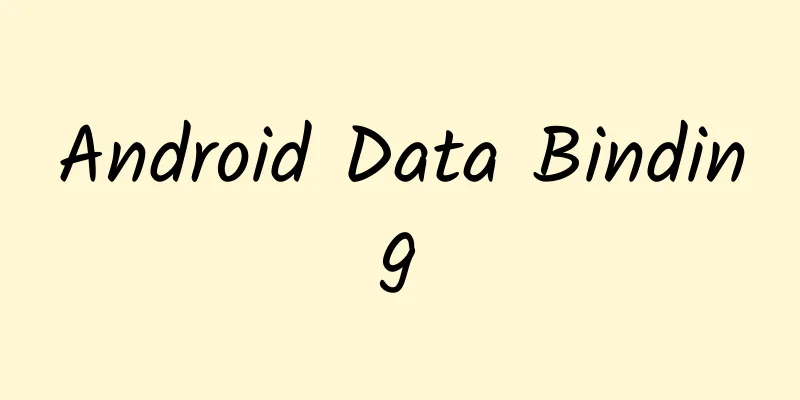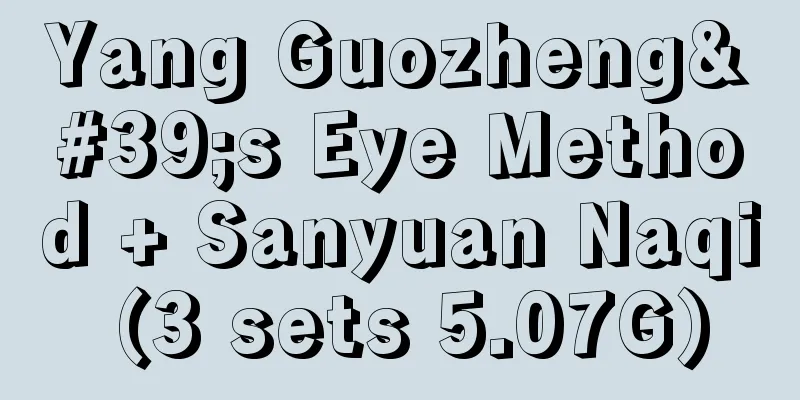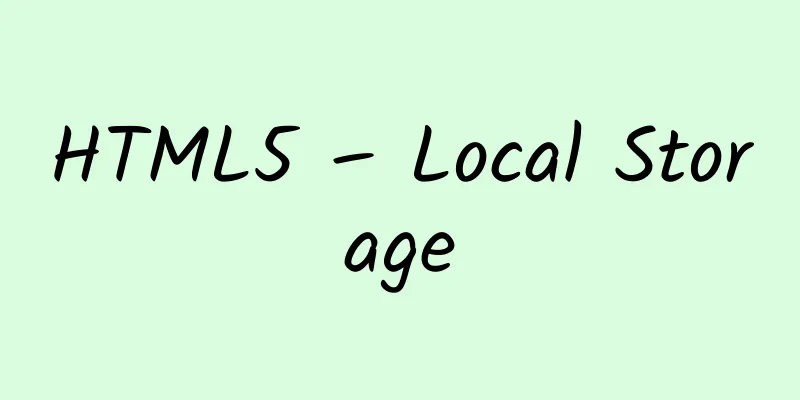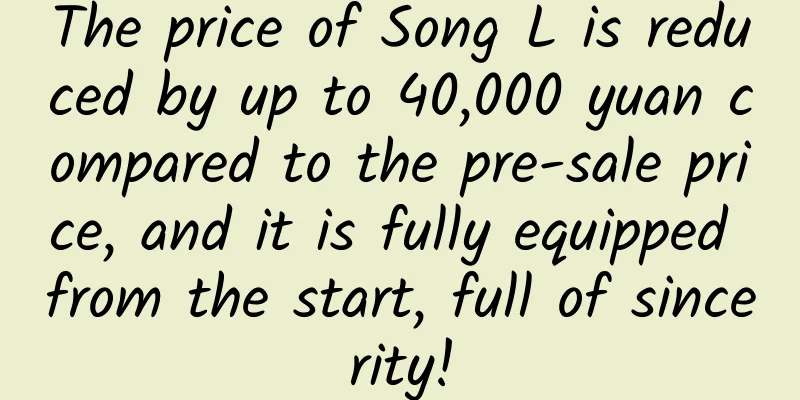Android Data Binding

|
1. Basic structure 1.1 JavaBeans Objects
1.2 Layout File
1.3 Activity
The above three steps complete the basic data binding 2. Dynamic Updates When the data of the JavaBean object changes, the View is automatically updated. Normal data sources can only be bound. If you want to update dynamically, you must use Observable to store data. The following are three ways to implement Observable. 2.1 Observable Object Implement android.databinding.Observable or inherit its implementation class
2.2 Observable Fields Basic data types have corresponding Observable classes public final ObservableField<String> firstName = new ObservableField<>(); 2.3 Observable Collections ObservableArrayMap<String, Object> mapUser = new ObservableArrayMap<>(); user.put("firstName", "Google"); 2.4 References Whether it is an object, field or collection, data is stored in the form of Observable. The next step is to reference it in the layout.
3. RecyclerView dynamic binding
|
<<: Interview experience: WeChat, NetEase Games, Jinshan Xishanju, Renren
>>: Looking for Easter eggs in the code, Google is no longer the Google you know
Recommend
iQiyi product analysis!
With the development of the Internet, traditional...
Virtuality or reality is not important, promoting economic development is king
Recently, various opinions have emerged on the de...
Do you take tens of thousands of steps every day? These "foot exercises" are really not suitable for you
Author: Tang Qin, Deputy Secretary-General and Re...
What methods do internet celebrities like Papi Jiang use for live streaming?
Live streaming has gradually evolved from an earl...
Astronauts can turn around by just swinging their arms, but what about satellites without arms?
On December 9, 2021, "space teachers" Z...
What kind of feelings are needed to play Internet thinking
Today's Internet industry is becoming more an...
Samsung may join hands with LG to promote large-size OLED for profit
Competition is only a means, making money is the ...
The characteristics and strategies of the four major technology giants from the perspective of mobile phone products
The past week has seen a series of major events i...
A guide to placing ads on Xiaohongshu for brands like Huaxizi!
From the earliest example of Perfect Diary to Hua...
What is the relationship between the "different world" of karst caves and groundwater?
recently In Nalangtun, Bamu Township, Tian'e ...
A ranking of 6 common iron-rich foods. I never thought that the "king" would be this one!
When it comes to "iron and blood supplements...
The fission gameplay of Weibo traffic diversion!
I have been in the Internet circle for 6 years an...
How to cleverly use celebrities to achieve a cold start for a product?
For those who work in operations , the word they ...
The hot air-conditioning market may encounter a turning point. Will the compressor industry usher in its last carnival?
This year's home appliance industry can be de...









